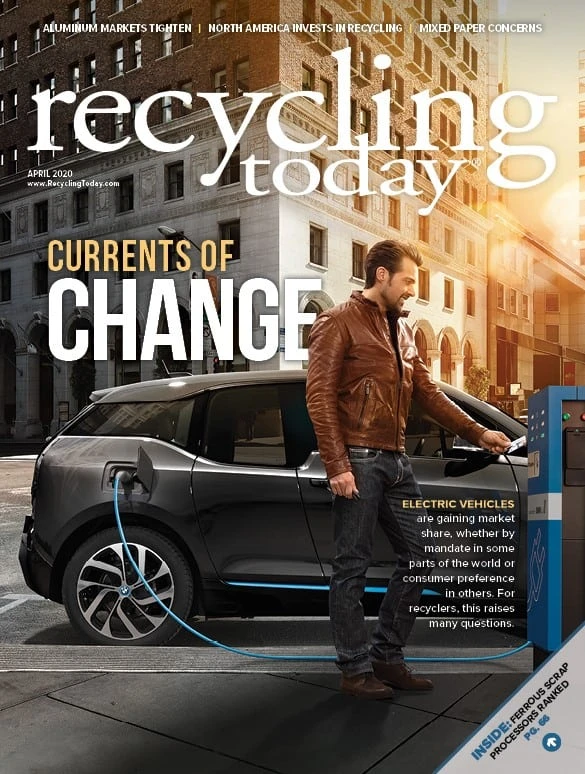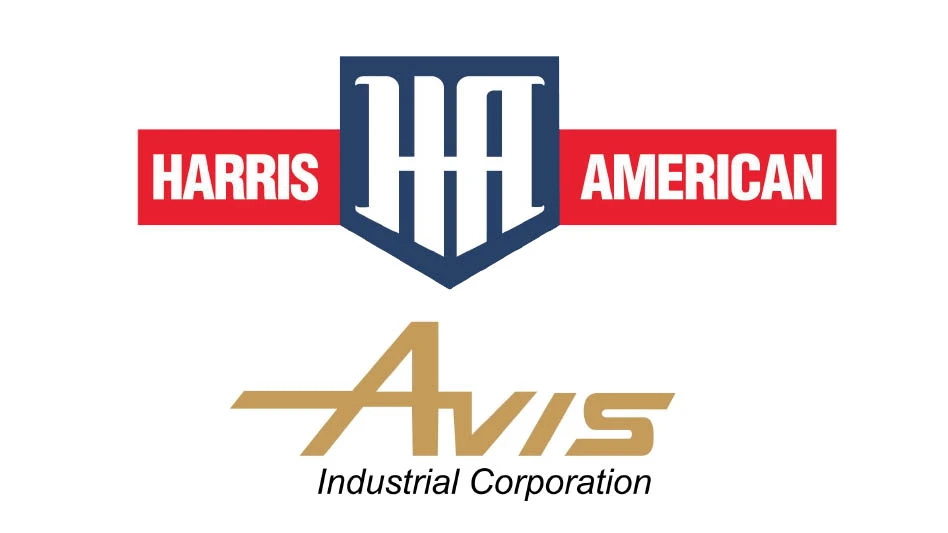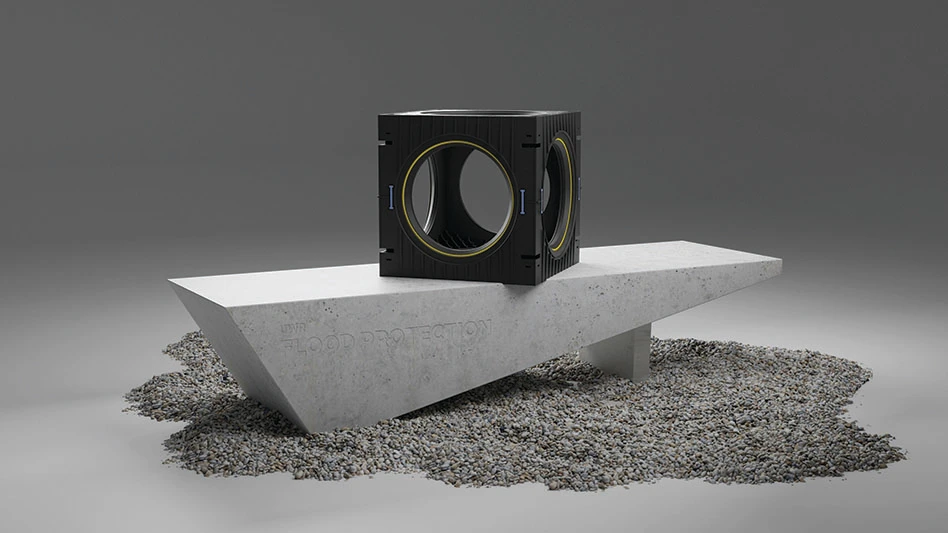
© hxdyl / stock.adobe.com

After holding at approximately 25 percent of global steelmaking production for about a decade through 2012, the migration to electric arc furnace (EAF) steelmaking accelerated during the past seven years.
EAF steelmaking production hit a new high in 2017 with a 7.5 percent year-over-year increase. That was followed by an additional 12.3 percent increase in 2018, meaning EAFs accounted for almost 404 million metric tons (445 million short tons), or 29 percent, of the 1.8 billion metric tons (1.98 billion short tons) of steel produced globally.
While the final numbers for 2019 haven’t been released as I write this in February, I expect EAF production increased year over year but potentially lost 0.1 percent of market share. This is because Turkish capacity that is largely EAF based operates as “swing” supply and was down 9 million metric tons (9.92 million short tons), or 22 percent, compared with 2018.
The key to carbon neutral
Looking forward over the next decade, EAF steelmaking production will be a big winner in the race to produce “green,” “carbon neutral” steel. European steel producers have worked diligently over the past two decades to reduce the carbon footprint of the steel produced through traditional integrated steelmaking, having accomplished the lowest levels possible from a scientific perspective. The only path available to them to further reduce their carbon emissions is to shift to EAF production using alternative metallics, diverting large capital investments that would have been used to sustain their blast furnace/basic oxygen furnace (BF/BOF) production with EAFs.
Two challenges to this long-term strategic plan remain unresolved, however.
First, if the electricity used to power EAFs isn’t carbon neutral, changing from BF/BOF production to EAF production just shifts the climate impact from the steelmaker to the energy generation operation, resulting in no ultimate reduction of the carbon footprint. This makes the benefit questionable compared with the great aggravation and disruption that making the shift to EAF production would create. Thus, many European producers are aggressively seeking to “go green” with their entire energy generation systems. Some European countries are farther down the conversion path to clean energy than others, taking advantage of water, wind and other natural resources.

Because this is a culturally inspired commitment rather than a market-driven one, in conjunction with these steel production shifts, the European steelmakers are seeking to protect their markets by exploring the possibility of a carbon “border tax” for steel coming into their markets that hasn’t been produced using the same climate-conscious constraints.
Additionally, some marketing efforts are underway to develop premium “clean steel” brands in an attempt to segment the global market into “environmentally friendly” steels compared with “environmentally unfriendly” steels that have been produced through lower cost steelmaking methods that don’t take as much care for the impact of their processes on the environment.
It remains to be seen if these efforts move from the drawing board to purchase orders, but I would posit that it’s a serious endeavor that has been prioritized with resources and attention and is more likely to happen eventually.
This leads to the second hurdle: There isn’t enough scrap metal in the world to feed these furnaces. EAF steelmakers most likely will operate more along the lines of a BOF process using some form of preprocessed iron ore. This is why raw material suppliers, including the likes of Cleveland-Cliffs Inc. in the U.S., are building capacity to supply the anticipated need.
EAF-based steelmaking production in the U.S. accounted for 70 percent of the total steel produced in 2019, and the scramble to identify appropriate feedstock has been an issue in the country for the better part of a decade. The world is well-behind the U.S., but if the Europeans switch one-third of their production capacity en masse throughout the next eight to 10 years, that need is going to turn critical for them almost overnight. Direct-reduced iron (DRI) hasn’t been in shortage globally since 2008, but it is more challenging to source than regular iron ore, and smart producers are taking steps to secure supply well before that potential crisis develops.
The scrap effect
What does this mean for scrap suppliers?
Given the pricing of ferrous scrap over the past 12 months, you wouldn’t suspect potential for supply tightness in the market. Part of this market softness is because of the aforementioned dramatic drop in production in Turkey in 2019, which again represents swing demand for the global steel and scrap markets. But the main cause is bigger than that.
The market perception has shifted, and now scrap is thought of as a “second class” supply of raw material. What I mean by that is in the 1960s and 1970s, a huge reservoir of scrap was available in the United States, which facilitated the rise in EAF steelmaking capacity and caused everyone great pride that we were recycling our steel scrap and protecting the environment by making new steel with a much-reduced carbon footprint compared with integrated steelmaking production. Somehow, and I’m not sure I understand how, but scrap since has been branded as dirty and polluting and as a waste product rather than as a preferred source of metallic supply. It’s a false negative branding and many organizations are pushing back against the perception, but it’s a real enough challenge.
The more “real” physical challenge is that as the percentage of EAF steelmaking increased in the U.S., the residual level of the scrap reservoir has increased exponentially, making scrap more expensive to use because of the additional sorting and screening necessary to remove the “pollutants,” thus reducing the “value” in the scrap itself and allowing, even forcing, the development of additional supply sources for the required raw material.
Despite the current low price signaling otherwise, the market need for scrap products will increase.
With the anticipated demand from Europe, it is incumbent upon the scrap industry to find a way to reposition its products as climate friendly and green. If I had a good “insight” on how to make that happen, I’d be living on an island right now.
Finally, we consider China, as no conversation is complete without it. Despite the trade disputes and travel barriers arising from the coronavirus outbreak, China accounts for more than half of global steelmaking production, and that’s just a reality we all have to live with. The country’s industrial production started in earnest in 2003. Steel has a useful life ranging from 25 to 40 years, indicating that China’s scrap reservoir will begin to build in earnest over the next decade. The big debate is whether China will allow that resource to migrate to the global marketplace as it becomes available.
I believe that the government will take steps to keep that scrap at home, somewhat similar to what the Russians currently are doing to their scrap dealers. Either way, China’s EAF-based steelmaking capacity will increase, and as scrap becomes increasingly available at home and at a cost-competitive price compared with offshore-sourced iron ore and coal, it is my opinion that China-based steelmakers will absorb most of that supply.
All of this is good news for scrap suppliers. Despite the current low pricing signaling otherwise, the market need for scrap products will increase with time. The biggest challenges for scrap suppliers to overcome are the residual issue (which can be resolved through more thorough sorting but at a cost) and the perception that using scrap is somehow substandard to the care of the environment. Rebranding the ferrous scrap supply stream as “green” would be a coup for the scrap industry if it can be accomplished. Maybe there’s a way to attach a carbon credit to the use of scrap?
I look forward to the brilliant innovation that the bright minds in the scrap recycling business come up with.

Explore the April 2020 Issue
Check out more from this issue and find your next story to read.
Latest from Recycling Today
- Enfinite forms Hazardous & Specialty Waste Management Council
- Combined DRS, EPR legislation introduced in Rhode Island
- Eureka Recycling starts up newly upgraded MRF
- Reconomy Close the Gap campaign highlights need for circularity
- Nickel carbonate added to Aqua Metals’ portfolio
- EuRIC, FEAD say End-Of-Life Vehicle Regulation presents opportunity for recyclers
- Recyclers likely to feel effects of US-China trade war
- BCMRC 2025 session preview: Navigating battery recycling legislation and regulations





